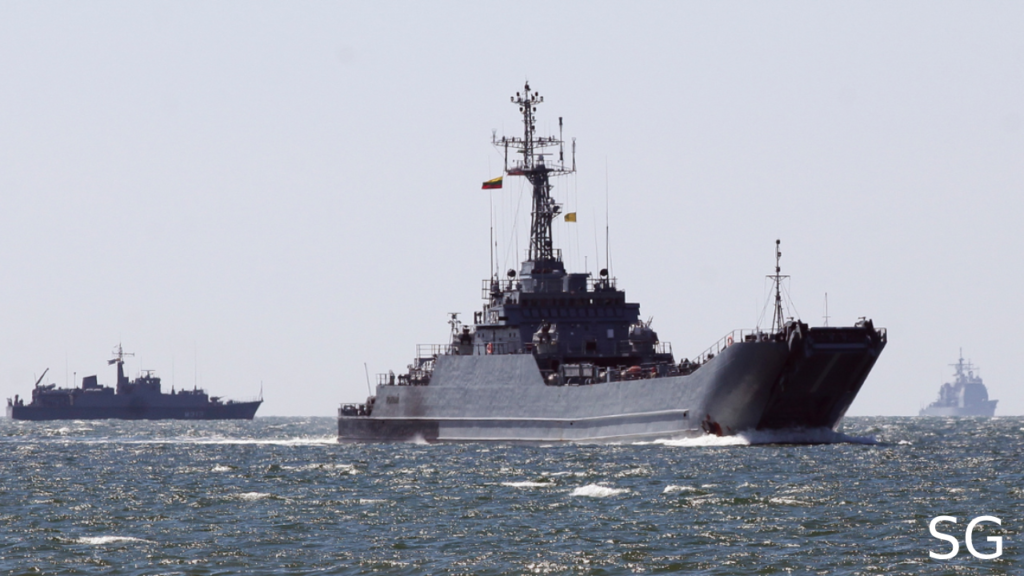Table of Contents

NATO Bolsters Baltic Sea Security Amid Infrastructure Threats
Increased Naval Presence and Vigilance
NATO has announced a new initiative, “Baltic Sentry,” to protect critical undersea infrastructure in the Baltic Sea. The plan includes deploying frigates, patrol aircraft, and naval drones, with the authority to act against ships posing potential security threats.
Response to Recent Incidents
The initiative follows a series of damaging incidents:
- Finnish authorities seized the tanker Eagle S, suspected of damaging the Estlink 2 power line and telecom cables between Finland and Estonia by dragging its anchor.
- Polish reports noted suspicious activity by a Russian vessel near the Baltic Pipe subsea pipeline, though no damage was confirmed.
Sanctions and Deterrence
NATO countries are considering enhanced sanctions targeting Russia’s “shadow fleet,” including specific ships and shipping companies. These measures aim to address both security risks and environmental concerns.
Legal and Logistical Challenges
While NATO nations emphasize protecting infrastructure, they acknowledge challenges:
- Approximately 2,000 ships cross the Baltic Sea daily, complicating monitoring efforts.
- Finnish President Alexander Stubb called for legal studies to balance security actions with international navigation laws.
A Unified Message
NATO leaders hope these steps will deter future threats, signaling a strong commitment to securing the region’s critical infrastructure. However, officials, including Latvian President Edgars Rinkevics, recognize that achieving complete protection remains a significant challenge.